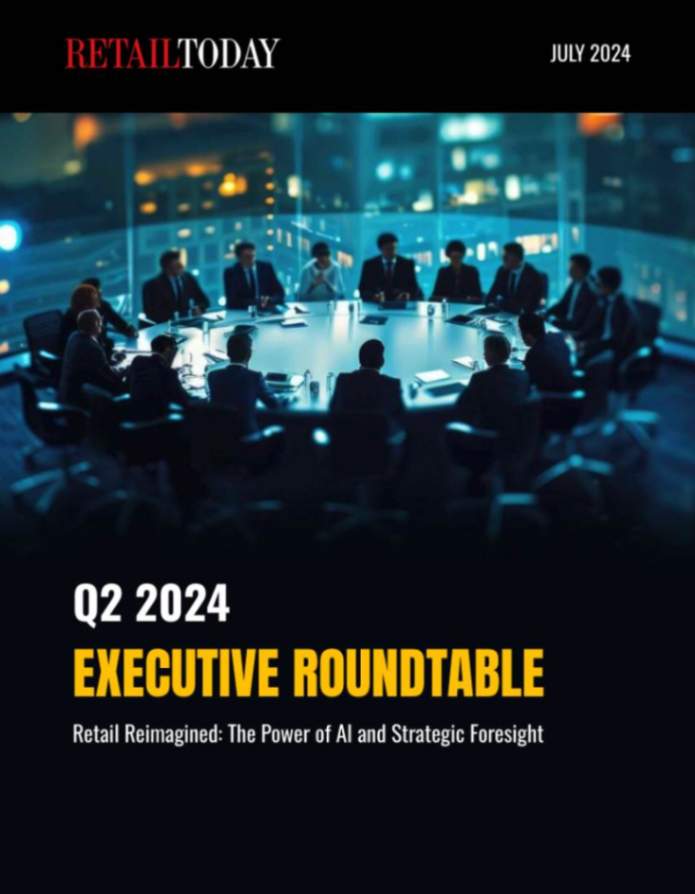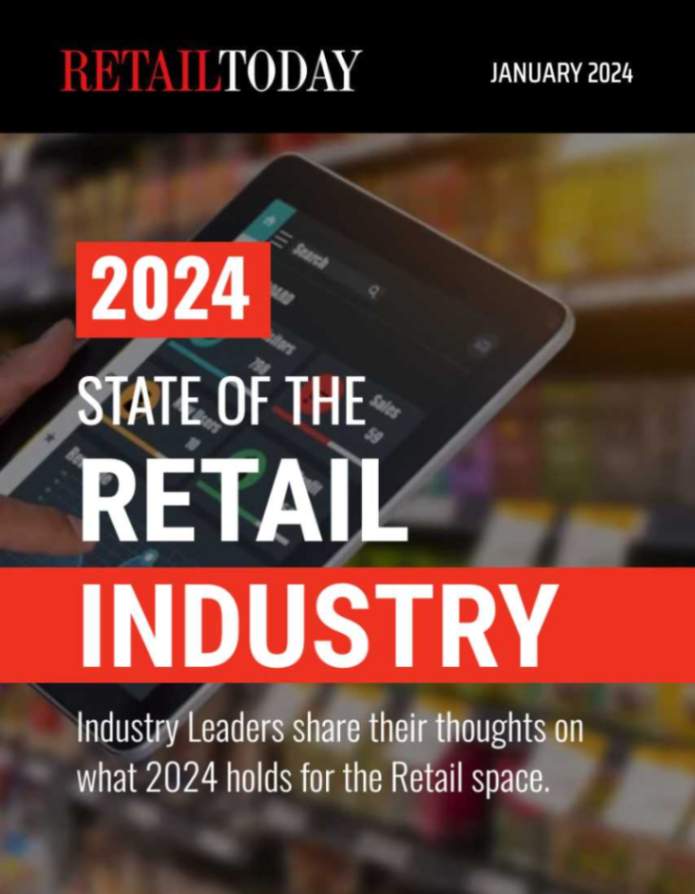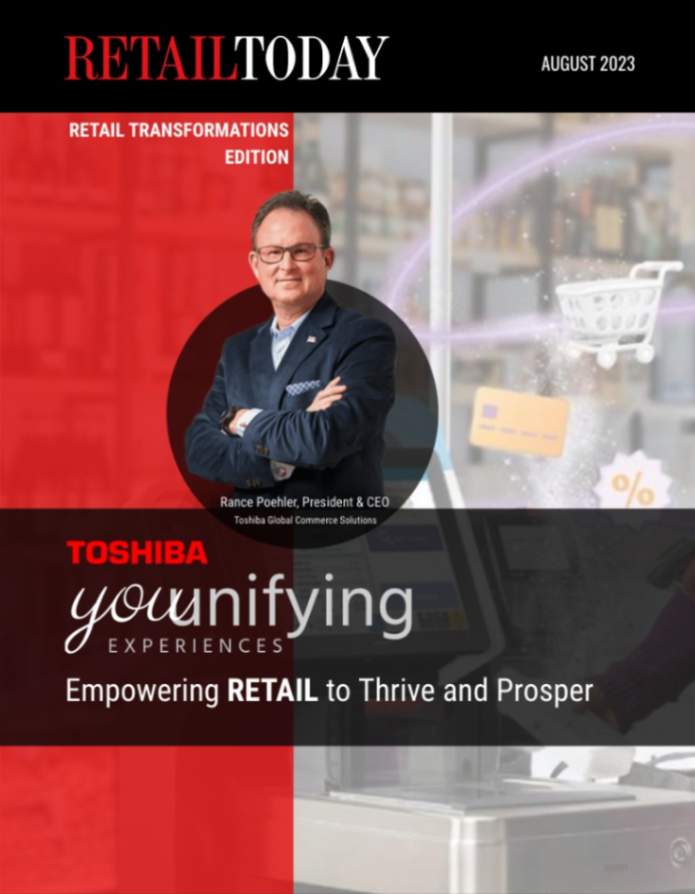
Social media is a great place for discovering new products, but shoppers have a strong preference for buying directly on brand sites. The reasons for this include concerns about trust, inventory synchronization, returns, and promotions being applied inconsistently.
Brands are showing signs of rejecting social checkout, preferring to point traffic directly to their brand sites. Major drivers for this include the effort required to support multiple duplicate sites, poor customer experiences, and the absence of consent to market to customers acquired through social channels.
However, experiences when crossing channels from social to brand site remain poor, leading to approximately two-thirds of customers discovering on social and then going directly to the brand site. This leads to revenue tracking errors for brands, where revenues from social are incorrectly attributed to “direct” traffic. Our research found that social revenues were underreported by as much as 245%.
Pulling together insights from these research studies, a picture emerges about how U.S. consumers shop using social media, their preferences and concerns, what their experience is when checkout is on social media, and how brands view social commerce. Let’s look at each in turn.
1. Where online shoppers choose to shop
The use of social media as part of a shopping journey is commonplace, with online shoppers using Instagram, Facebook Shops and TikTok in particular. Only a small proportion of online shoppers have returned products purchased through social networks, suggesting it is still very early days for social checkout.
2. Online shoppers’ preferences for social shopping
Social media is a great place for discovering new products, but shoppers have a strong preference for buying directly on brand sites. Many shoppers have trust concerns, spanning trust of the networks themselves and wariness about scams.
3. Social shopping experiences
Shopping on social media is not great, irrespective of where the shopper checks out. Social checkout suffers from many synchronization issues and problems with returns. Clicking through to the brand site to check out frequently results in a broken experience.
4. Brand’s experiences with social checkout
Shopper frustrations with the social shopping experience are mirrored by brand frustrations with the time and effort required to maintain duplicate stores. In general, this is not done well, resulting in limited assortments, stock issues, and different promotions on different channels. Customers acquired through social checkout are not profitable, and brands have no rights to market to these customers to drive repeat sales and profitability.
5. Social revenue significantly understated
Three-quarters of social revenue is not tracked by analytics tools as customers bypass clicking through from social media and head directly to the brand site or do so in multiple sessions.
While many marketers are aware that social has bigger effects than can be measured, the size of the underreporting causes brands a headache when comparing return on advertising spend (ROAS) and customer acquisition cost (CAC) across channels. Social media is one of the most important channels for many brands for new customer acquisition which accounts for about a quarter of digital marketing spend on average. This level of underreporting also suggests that CACs for social media are typically significantly lower than current data suggests.
Gerry Widmer, founding CEO and director of SimplicityDX, is a SaaS-industry veteran and advisor to several successful SaaS and mobile technology startups. Prior to SimplicityDX, he served as CEO and board member to Zesty.io, where he led the enterprise CMS provider in securing significant capital investment and revenue. As GM of a multimillion-dollar, global business unit of Digital River, Widmer created a world-class, multichannel platform, transforming BlueHornet into one of the most emulated MSP client services models. Earlier as a brand leader with agencies VITRO and Dentsu, Widmer created award-winning global strategy campaigns for brands such as ASICS, Oakley, and Qualcomm.







